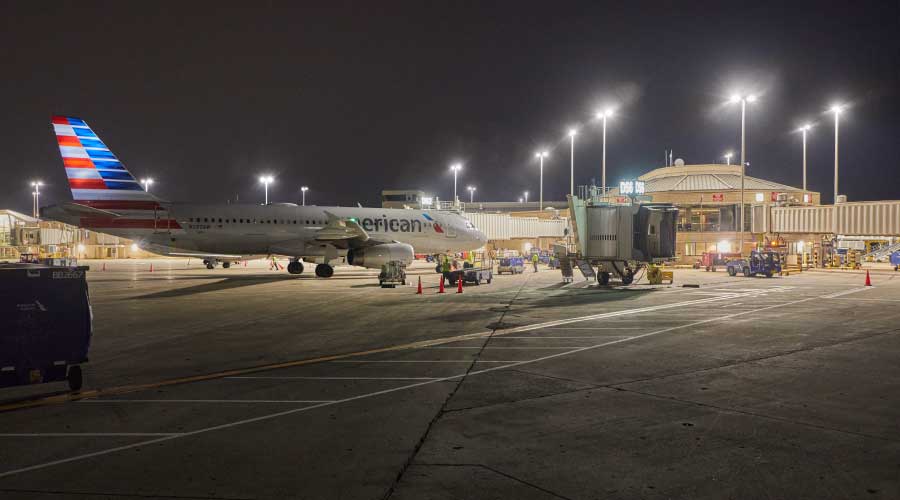Department of Energy: Commercial LEDs Fall Short
Many energy professionals expect solid-state lighting sources, such as light-emitting diodes (LEDs), to emerge as the more energy-efficient form of lighting. But a pilot test of four LEDs by the U.S. Department of Energy has found that they all fall short of their claims.
Many energy professionals expect solid-state lighting sources, such as light-emitting diodes (LEDs), to emerge as the more energy-efficient form of lighting. But a pilot test of four LEDs by the U.S. Department of Energy has found that they all fall short of their claims.
The pilot tests examined two downlights, the type of spotlight that is typically recessed into a ceiling, as well as a task light and an under-cabinet light. The test results, which protect the identity of the LED manufacturers, found that all four lamps fell far short of their claimed output in terms of lumens of light per watt of energy.
The manufacturers claimed lighting efficacies of 36-55 lumens per watt, but the pilot test found efficacies of 11.6-19.3 lumens per watt, placing them below compact fluorescent lamps (CFLs) in lighting efficacy. The study suggests manufacturers are relying on measurements of how much light an isolated LED produces, versus how much the light an LED lamp actually delivers. DOE is continuing its tests to better understand the observed discrepancies.
The efficacy of LED lamps might be in question, but the developers of individual LEDs undoubtedly are achieving significant gains in efficacy. By 2025, DOE's goal is to achieve 160 lumens per watt in cost-effective, market-ready, solid-state lighting products.
See the test results on the DOE Solid-State Lighting web site,
www.netl.doe.gov/ssl/comm_testing.htm.
Related Topics:











